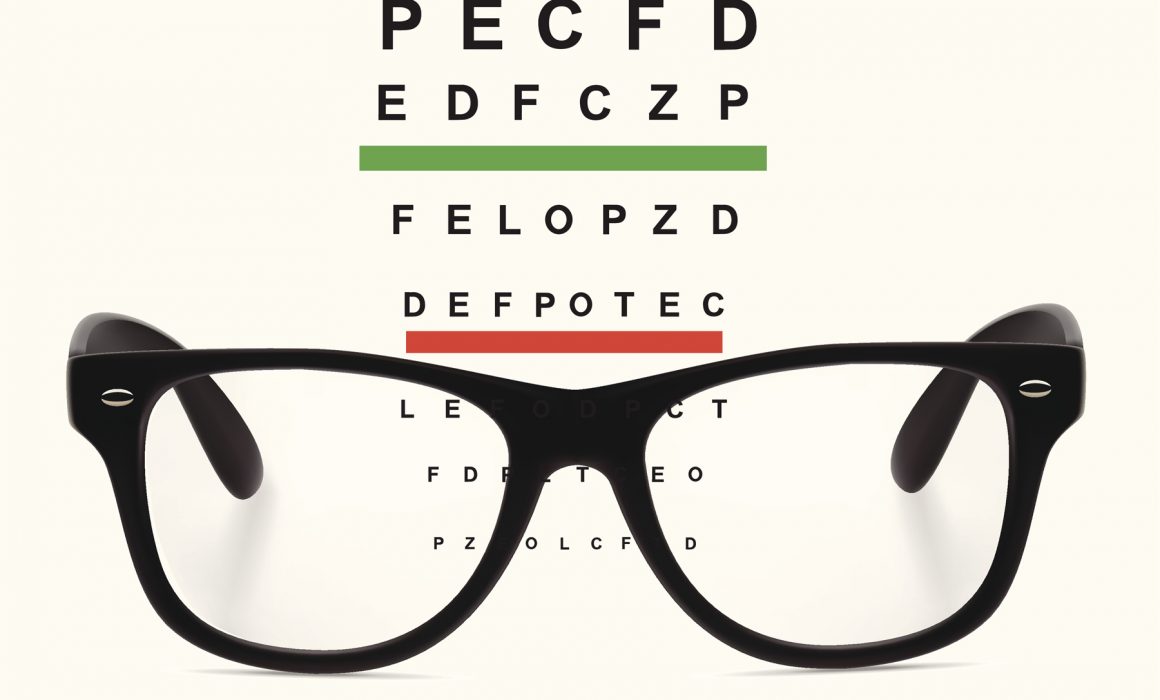Vision Benefits Help Workers, Who in Turn Help You
EVERY EMPLOYER benefits from a healthy workforce. But many employers do not know that an affordable way to achieve this is with voluntary vision benefits which are a win-win for both businesses and their employees.
Recent research shows that employers see average returns of $70 for every $10 invested in vision benefits. There are a few good reasons why benefits covering regular exams and eye wear are helpful to employers.
The cost of health care can go down
Even people with good vision should have an eye exam each year. Optometrists can identify the beginning stages of several other health problems during an exam.
Early signs of diabetes, brain tumors and high blood pressure can be detected. One of the most important of these points is diabetes. Although doctors may miss some of the earliest signs in a physical exam, optometrists can identify it by slightly blurred vision, which is one of the earliest signs.
Since diabetes is one of the most costly health problems, this is one of the most important preventative benefits of a regular eye exam. Diabetes can be easier to control when it is caught early.
Eye exams are also helpful in identifying the early stages of serious vision problems. Some examples of these problems include retinal detachment, macular degeneration, cataracts and glaucoma.
These conditions alone cost the system over $35 billion each year. Early detection is the key to reducing the long-term costs of these conditions.
Regular exams are also helpful for people who need corrective eye wear.
Prescription needs can change, and the eyes can become strained from wearing outdated contacts or glasses. Even those who have good vision should purchase quality preventative eye with 100% UV blockage to wear outdoors.
More productive employees
If employees cannot see properly, their work performance suffers.
For office workers, this could mean typographical errors on important accounting records or crucial documents. For laborers, this could mean mistakes on the job that lead to workplace injuries.
Employees with poor vision also get headaches and become fatigued faster. Research shows that even a slight vision problem can lead to a 20% reduction in work productivity. This is especially true for employees with astigmatic vision problems.
Higher job satisfaction
Employers know that satisfied employees work better and are less likely to quit. A good comprehensive vision plan is a great way for employers to increase satisfaction enough to keep employees working there.
Research shows that 80% of employees found the idea of workplace vision benefits very satisfying. In addition to this, researchers found that workers who are satisfied with their benefits are three times more likely to not quit their jobs.
Research has also shown that about three out of every four employees will enroll in vision plans offered by their employers. But, about one of every three of those enrolled will not use their benefits.
They also do not know what lens options are available to them. This shows that employers must make a greater effort to educate workers about what is included in their plans.
Workers understand that their vision is a precious gift, and they do not want to lose it.
The high cost of vision care is prohibitive for many to seek the care they need, so they need to understand just how much their plans save them and how often they should see an optometrist.
To learn more about what options are available, call us to discuss your options.

